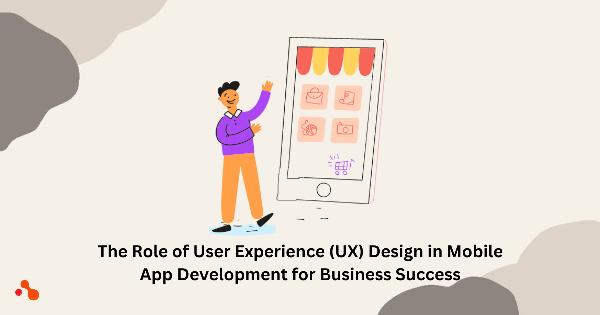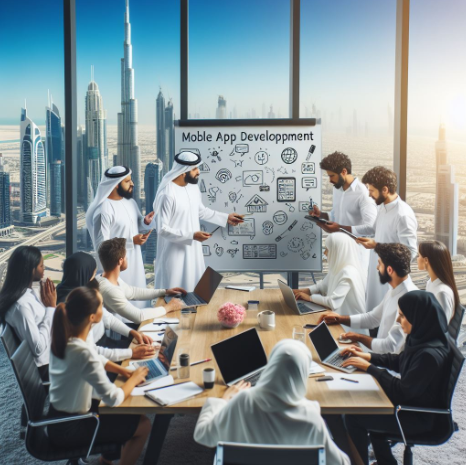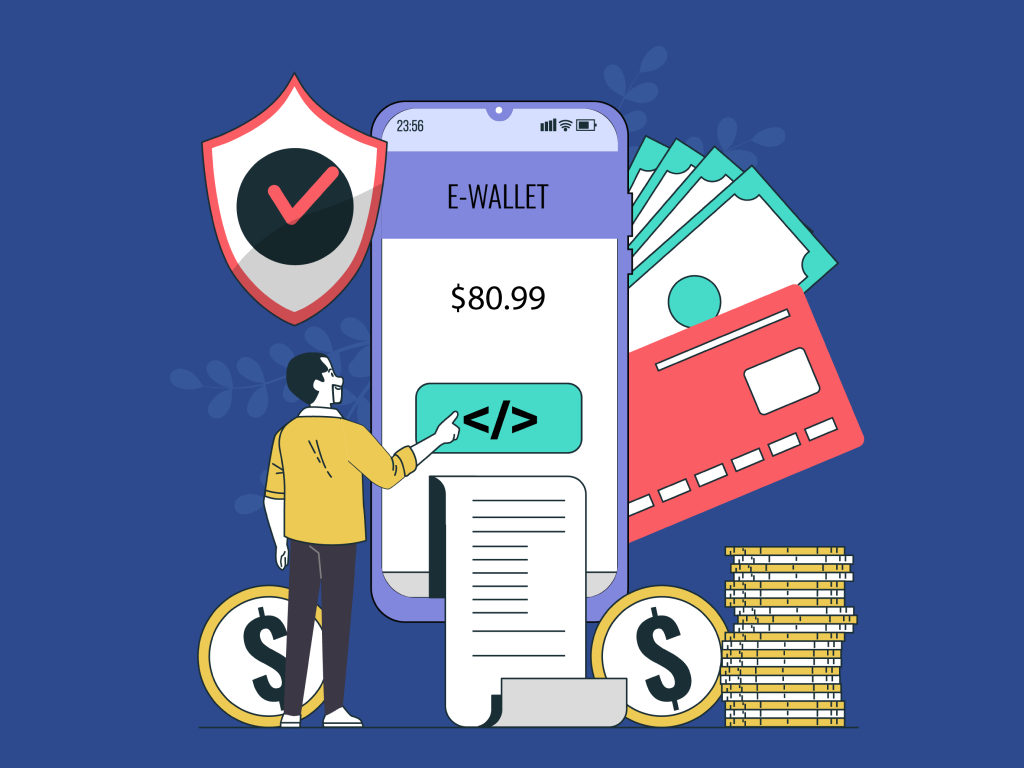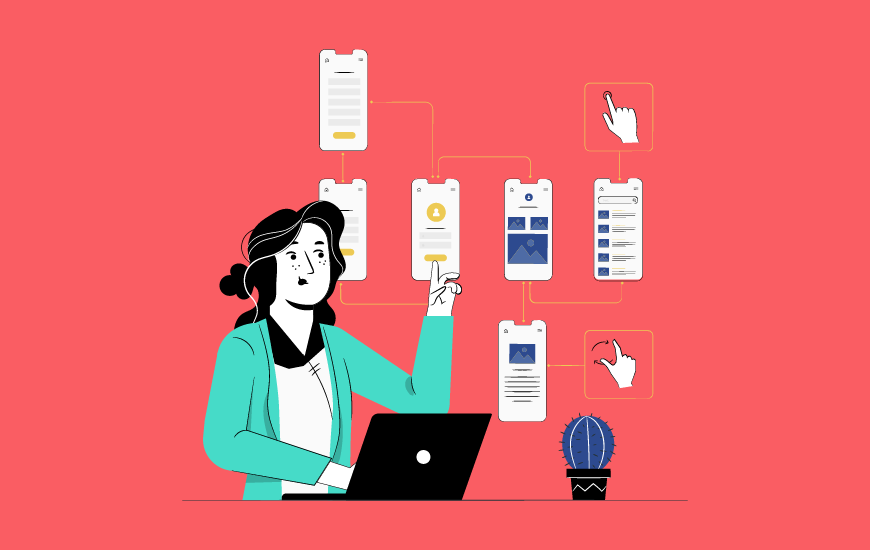 Tiered Link Strategy – Multiply Your SEO Impact Today!
Tiered Link Strategy – Multiply Your SEO Impact Today!
A Step-by-Step Guide to the Super App Development Process
Written by aPurple » Updated on: June 21st, 2025

About super app
Building a super app is a complex but structured process that involves combining multiple services into a single platform to create a unified user experience. These types of apps aim to provide convenience by letting users access various functions—like messaging, shopping, payments, and transport—all in one place. Below is a breakdown of the key stages typically involved in developing a super app.
1. Define the Core Services and Business Model
The first step is to clearly identify the main services the app will offer. These could include features such as food delivery, e-commerce, ride-sharing, financial services, or social communication tools. At this stage, it's also essential to outline a scalable business model. Think through how the app will generate revenue—whether through commissions, subscriptions, advertising, or in-app purchases—and ensure the model can grow over time as new services are added.
2. Market Research and Gap Analysis
Understanding the target market is vital before jumping into development. This involves analyzing user preferences, studying competitors, and identifying current trends in mobile app usage. A detailed gap analysis helps pinpoint what existing apps may be missing and how your super app can address those unmet needs. This step is important not just for differentiation, but also to ensure that your app offers real value to users.
3. UX/UI Design and Mapping the Customer Journey
Design plays a crucial role in how users interact with a super app, especially one that offers multiple services. The interface should be intuitive and user-friendly, making it easy to switch between features without confusion. Wireframes and prototypes can help visualize the app's layout and navigation. Even though the app may have many functions, it’s essential to keep the user journey smooth and straightforward.
4. MVP Creation and System Architecture Planning
Instead of launching with every feature, it’s often better to start with a Minimum Viable Product (MVP). This version includes only the core features needed to test the concept with real users. Simultaneously, planning the app’s system architecture is crucial. The app should be built with modularity in mind, allowing new features or services to be added later without disrupting the existing ones. This makes future updates and scaling much more manageable.
5. Backend and Frontend Development with API Integration
Once the MVP and architecture are defined, the development of both the frontend (user interface) and backend (server-side functionality) begins. This stage includes integrating third-party APIs for features such as payment gateways, maps, social login, and more. Depending on the app’s complexity, advanced technologies like AI or machine learning may also be used to offer features such as personalized recommendations or smart search.
6. Testing and Security Measures
Thorough testing is essential to make sure the app performs well across different devices and scenarios. This involves multiple forms of testing, including performance testing, usability testing, compatibility testing, and security checks. Data protection is particularly important for apps that deal with sensitive user information. Security features like encryption, secure login methods, and biometric authentication should be considered during this phase.
7. Soft Launch and Performance Monitoring
Before a full launch, it’s a good idea to release the app to a smaller group of users to gather early feedback. This soft launch can reveal usability issues, bugs, or performance concerns that weren’t identified earlier. After the launch, continuous monitoring of user behavior and app performance helps guide further improvements. Regular updates based on analytics and user feedback can enhance both functionality and user satisfaction over time.
Additional Considerations
- Agile Development: Many teams follow an agile approach, which allows for flexibility and continuous improvement during the development cycle.
- Ecosystem Building: The goal is often to create a closed-loop system where users rely on the app for various needs, increasing retention and engagement.
- Long-term Scalability: Designing for growth from the start helps the app adapt to new trends and demands without needing a complete rebuild later.
Conclusion
Developing a super app involves much more than simply combining services. It requires thoughtful planning, solid architecture, intuitive design, and continuous improvements. With the right approach, a well-built super app can offer real value to users by simplifying everyday digital interactions.
Note: IndiBlogHub features both user-submitted and editorial content. We do not verify third-party contributions. Read our Disclaimer and Privacy Policyfor details.
Copyright © 2019-2025 IndiBlogHub.com. All rights reserved. Hosted on DigitalOcean for fast, reliable performance.
















